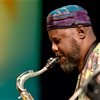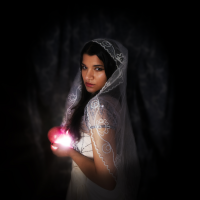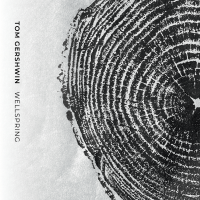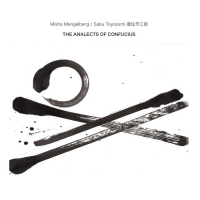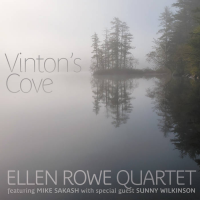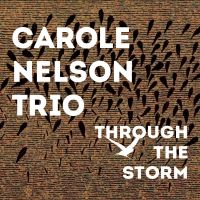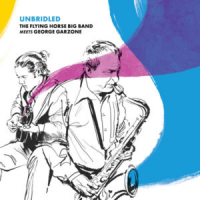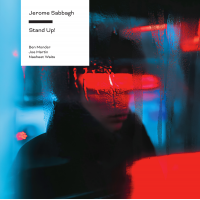Home » Jazz Articles » Album Review » Hildegunn Øiseth: Time Is Coming
Hildegunn Øiseth: Time Is Coming
Opener "Hildegunn vuelie" is the only outside composition. Norwegian keyboardist/composer Frode Fjellheim wrote it inspired by yoik, a Sámi vocal tradition—much like his song "Eatnemen Vuelie" from the Frozen movie soundtrack. It begins the album on a traditional note, with Øiseth's trumpet taking the vocal role. "Skoddefall," the first of Berg's tracks, continues in a moderate 6/8 feel, with a recurring, song-like theme. Even in this evenly matched group, Berg is arguably the Most Valuable Player, contributing two memorable songs and a lot of sparkling piano playing. Eilertsen's "Vise" is the ballad of the set, a lovely lyrical showcase. Øiseth's title tune introduces the goat horn, initially in duet with the piano. It's a lonesome, plaintive sound. The rest of the band comes in gradually, building to a dramatic piano solo.
Eilertsen's "22" has a long bass introduction, then continues in similar rubato fashion after the band enters (with Øiseth's mellow flugelhorn in the lead). "Savolainen" (again from Øiseth's pen) similarly begins rubato, but eventually shifts into an explosive bebop feel, only introducing the theme at the very end. Berg's "Velkomst" begins with a long, rhapsodic piano introduction, followed by a bass solo. Øiseth enters on flugelhorn some five minutes in—a clear demonstration of her democratic band leading style. Johansen finally provides a composition with the closing "Families," a pensive feature for the goat horn.
This is frequently sparse, impressionistic music made by great players with a shared vision. Yet it's anything but monochromatic: it goes from rubato to rhythmic, traditional to modern. A beautiful example of Norwegian jazz, it marks Hildegunn Øiseth and the rest of her band as players to watch. A reunion would be most welcome
Track Listing
Hildegunn vuelie; Skoddefall; Vise; Time is Coming; 22; Savolainen; Velkomst; Families.
Personnel
Hildegunn Øiseth
trumpetHildegunn Øiseth: trumpet (tracks 1,2,3,6), flugelhorn (tracks 5,7), goat horn (tracks 4,8); Espen Berg: piano; Mats Eilertsen: bass; Per Oddvar Johansen: drums.
Album information
Title: Time Is Coming | Year Released: 2016 | Record Label: Losen Records
Tags
PREVIOUS / NEXT
Support All About Jazz
 All About Jazz has been a pillar of jazz since 1995, championing it as an art form and, more importantly, supporting the musicians who make it. Our enduring commitment has made "AAJ" one of the most culturally important websites of its kind, read by hundreds of thousands of fans, musicians and industry figures every month.
All About Jazz has been a pillar of jazz since 1995, championing it as an art form and, more importantly, supporting the musicians who make it. Our enduring commitment has made "AAJ" one of the most culturally important websites of its kind, read by hundreds of thousands of fans, musicians and industry figures every month.




